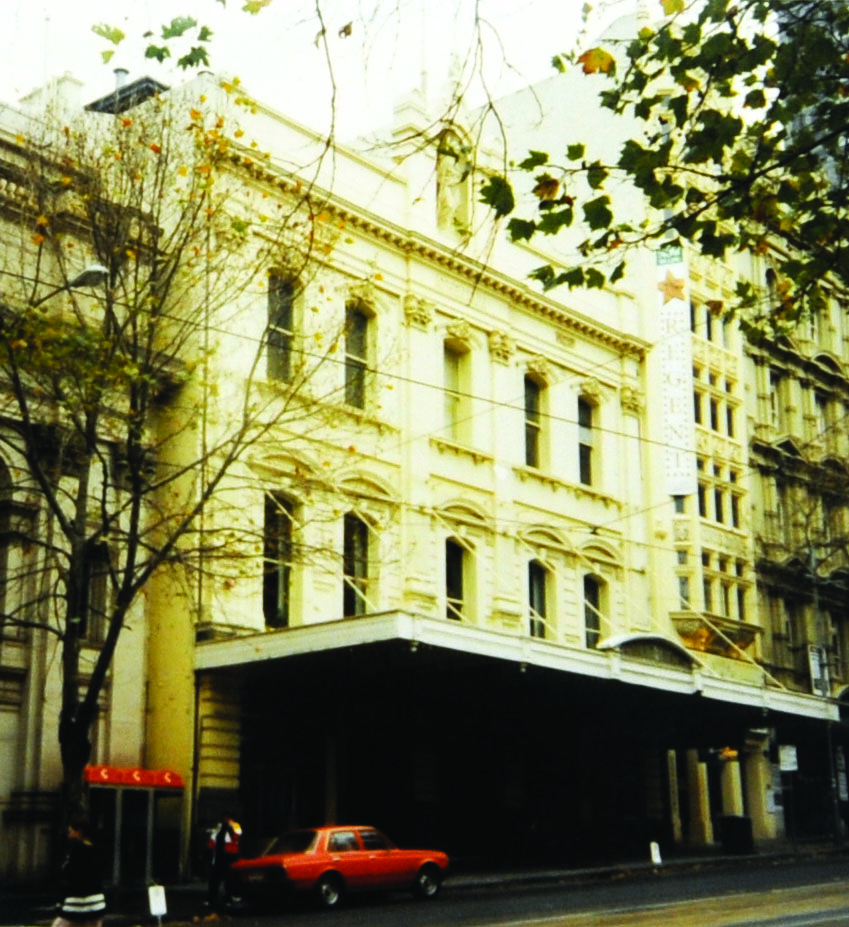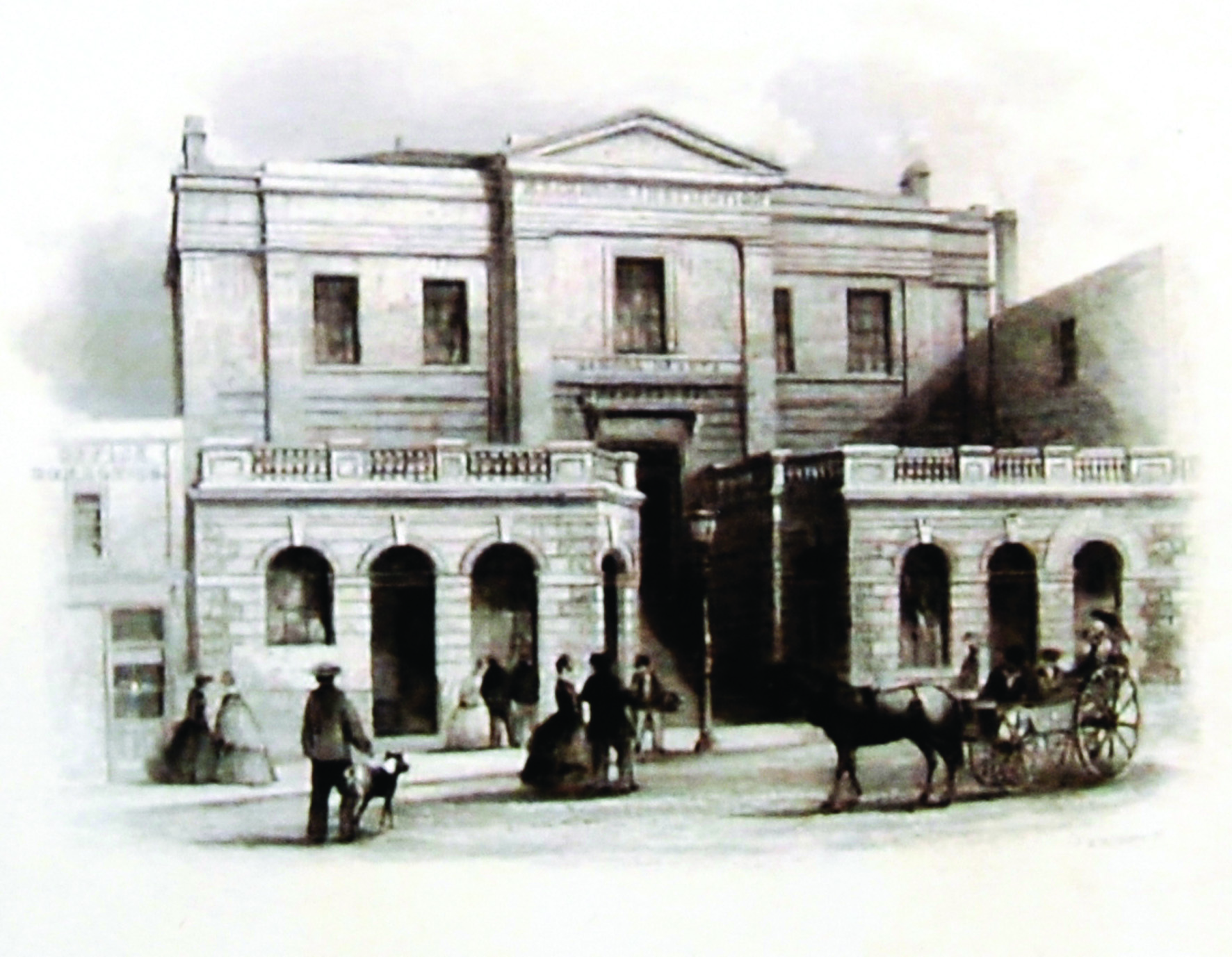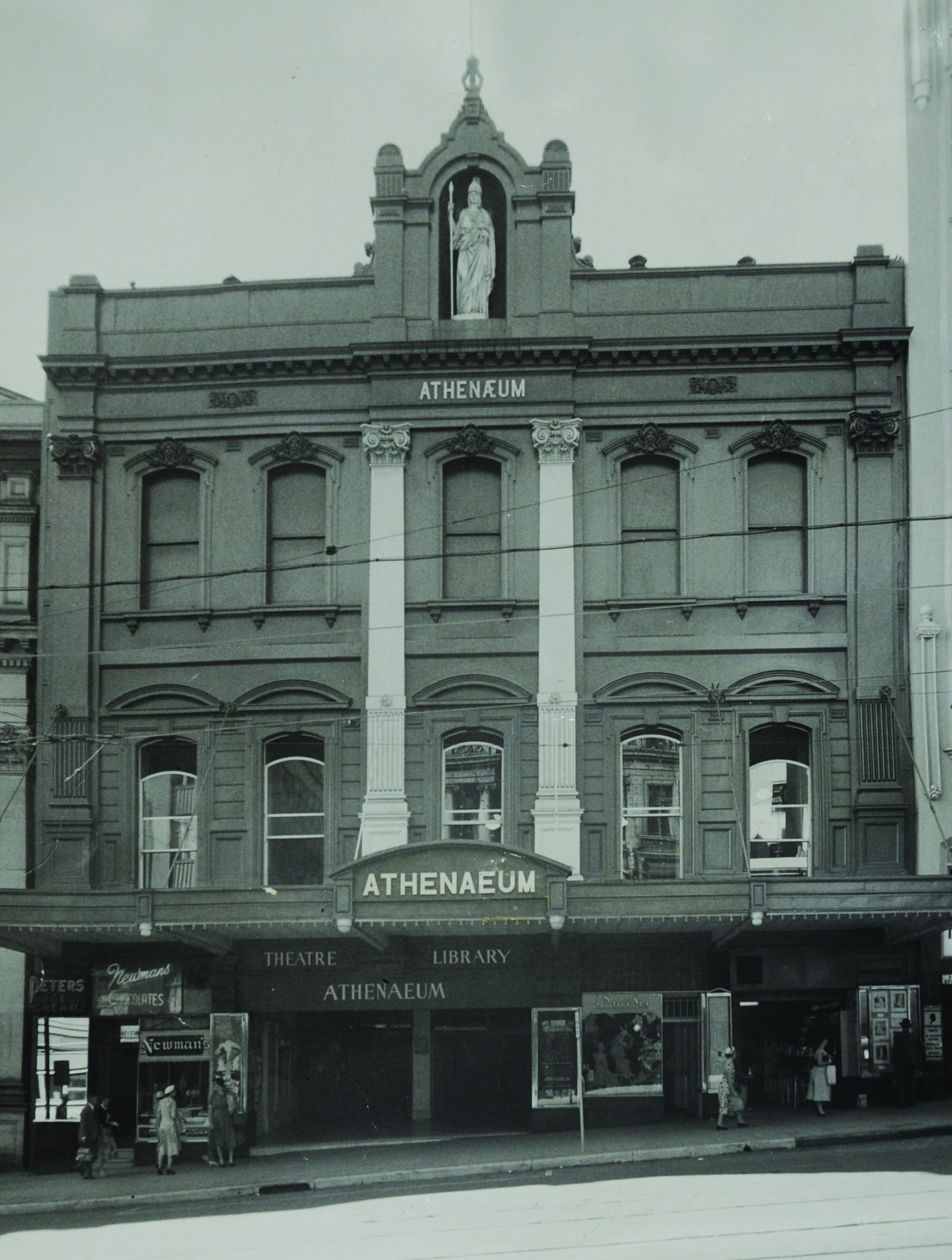The Melbourne Athenaeum Library will be closed on Monday June 9 for the King's Birthday public holiday.
The story that unfolds here is about a unique organisation which continues to contribute to the city's culture in a building that was first completed in 1842.
Exhibitions, meetings, musical, theatrical and other entertainments, films, lectures, educational classes, dances and formal balls have been held within the building's walls. The theatres continue to entertain Melbourne's people and provide a space for social and cultural events.
The Melbourne Athenaeum Library, a spacious, quiet and light-filled centre for book-lovers started as a collection of donated books in a small rented house at the corner of Queen Street and Bourke Street.
An annual subscription of one pound enabled members to become part of an educational and cultural hub. Lectures, classes and a museum were part of the plan but the library was regarded as the heart of the Institution, a place of knowledge that embodied the aims of the institution: 'the diffusion of scientific and useful knowledge among its members and the community generally.'
Among the first books donated were those of Henry Gisborne, a vice-president elected at the founding meeting in 1839. Read about Henry's gift of books by Matthew Gisborne, a former member of the Melbourne Athenaeum's Committee of Management: The First Books
Over the years there were many improvements to ensure members had a comfortable, well-stocked Library. A separate Reading Room was established, providing regional and overseas newspapers and magazines – a highly-valued asset in a colonial town. By 1845 the library contained 650 volumes and membership had grown to 224.
Although originally begun as a Mechanics' Institution for skilled workmen, anyone could join. A yearly subscription of one pound entitled the whole family to use the Library and Reading Room, visit the Museum and attend lectures organised by the Committee of Management. There was also a discount to entry fees charged for some...
Gas lighting was introduced in 1856 throughout the building and although the improved lighting in the Reading Room was appreciated by members, the heat created was not, particularly in the hotter months.
The Reading Room was made comfortable with reading tables, chairs and fireplaces. According to the annual report of...
The centennial year, 1939, was celebrated in several ways. Secretary, Reginald Wilmot published a history of the institution, titled: 'The Melbourne Athenaeum, 1839-1939 : history and records of the institution' and arranged for a grand dinner to be held in the Myer Mural Hall.
The board had considered modernising the building to celebrate...
In 1952 membership of the Melbourne Athenaeum was at its highest level with 7,579 members. Even though multiple copies of popular titles were purchased, there was a problem ensuring there were enough current books in the library that the members wanted to read. Purchase of books, which were rising in price, had to be balanced with employing sufficient staff to serve the customers and labour costs were...
During the booming Australian post-war economy, many households aspired to own a record player and a record collection to reflect their family's musical tastes. Records became treasured possessions and record playing became an enjoyable family interlude.
Until record making became an industry in Australia, all records were imported; fine music and classical...
The library of the Melbourne Athenaeum remains a subscription library, with very reasonable fees considering the high cost of books. Providing a peaceful and welcoming space in the centre of the bustling city, the library attracts people who love books and love to read — this is the library you wish was your own.
The library currently has over 30,000 books in its collection and a growing...

For anyone wanting further information from or about the Melbourne Athenaeum Archives please get in touch by emailing


